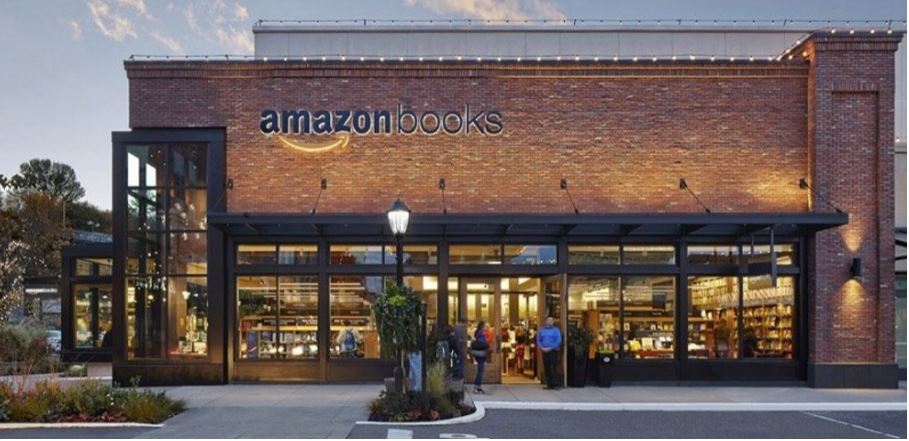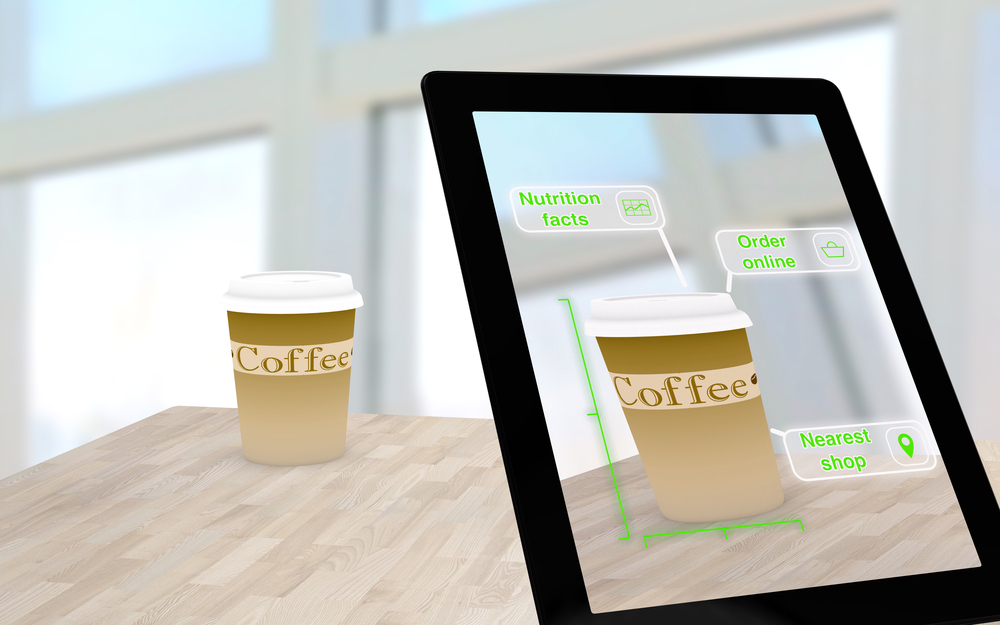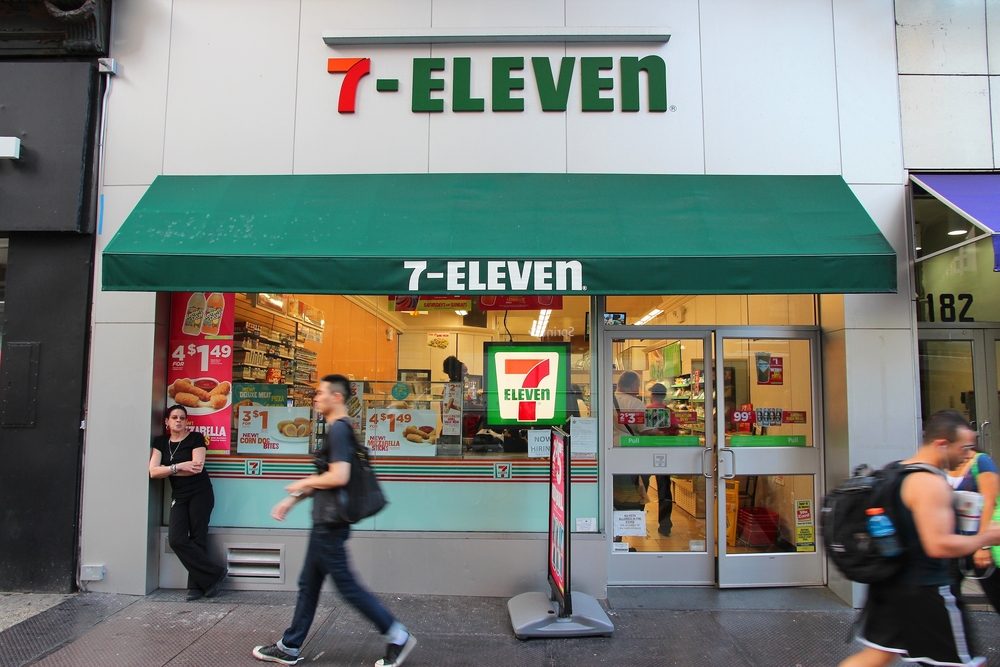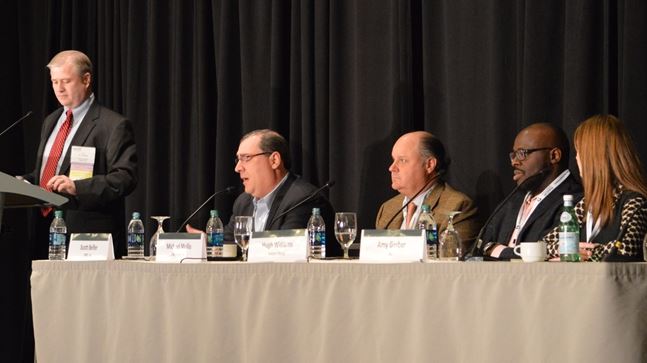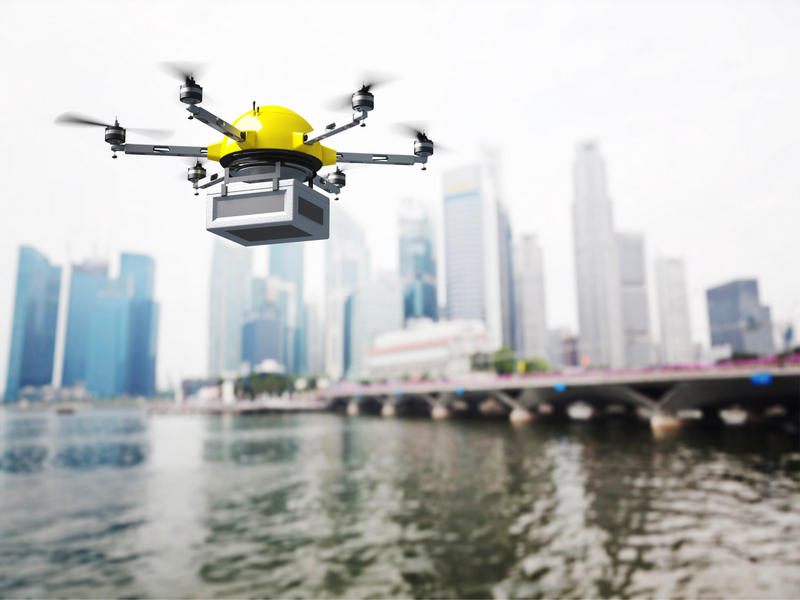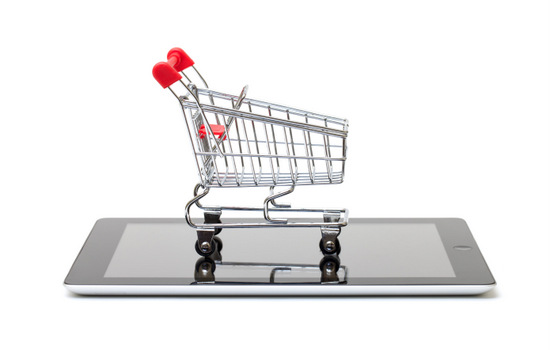Retail Trends
Amazon Opens Bookshops
As brick-and-mortar and e-commerce companies continue to fight for consumers’ attention and dollars, today’s customer has a plethora of shopping options at his disposal. Though online sales are expected to reach $414 billion by 2018, according to Retail TouchPoints, the majority of all retail sales still occur in physical stores, pushing companies to try to […]
